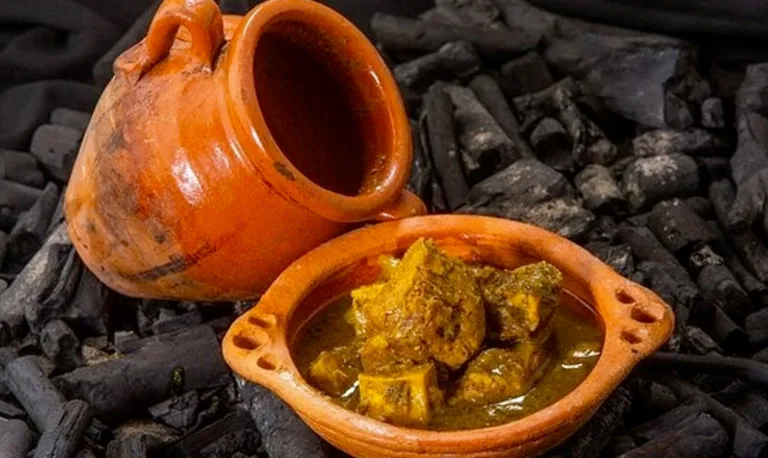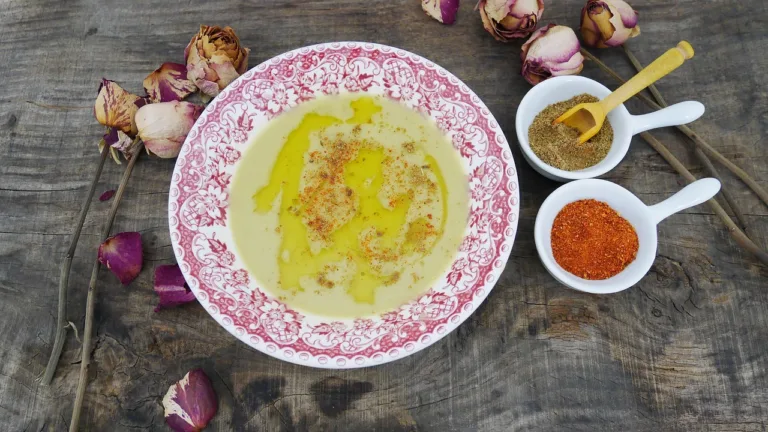Fez – In Moroccan Arabic, the word “zaatar” commonly refers to thyme itself, not the Levantine spice blend. Households brew it as a simple tisane for seasonal sniffles, add sprigs to marinades, and tuck it into braises where its warmth softens richer meats. In the south, thyme-forward honeys are prized at breakfast and folded into amlou with almonds and argan oil, tying the herb to local terroirs and rural livelihoods.
Chefs value thyme for its aroma, but home cooks often reach for it for practical reasons, too: it brings depth to vegetables, balances olive brininess, and freshens hearty grains without added salt. Across the High and Middle Atlas, small producers and beekeepers depend on the plant’s bloom, creating a direct line between the herb on the plate and the communities that cultivate it.
While thyme features in folk medicine, this article focuses on everyday use. Culinary amounts are generally considered safe for most people; concentrated preparations and essential oils should be used with care. Anyone with specific conditions or allergies should consult a health professional.
Respiratory support in winter
In Moroccan homes, a warm cup of zaatar infusion is a go-to during the cold season. The steam carries thyme’s distinctive aroma, and families often stir in a spoon of local honey to soothe the throat. It is a simple ritual—steep, sip, breathe—that many associate with comfort as much as relief.
Digestive comfort after heavy meals
Tagines, couscous, and joyful gatherings can mean generous portions. A thyme tisane or a pinch of zaatar rubbed into grilled vegetables can feel lighter on the stomach. Cooks also add thyme to tomato-based sauces and lentil stews, where its gentle bitterness helps balance richness.
A kitchen ally against off-flavors
Moroccan thyme earns its place in marinades for chicken, lamb, and fish not only for fragrance but for how it tempers unwanted notes. Combined with garlic, lemon, and olive oil, it supports slow braises and charcoal grills, helping meats taste cleaner and vegetables maintain their brightness.
Antioxidant aroma in slow cooking
Long, low tagine cooks can mute timid herbs, but thyme’s phenolic-rich aroma stands up to time and heat. A modest handful added early lends depth, and a final pinch at the end restores lift. The result is a rounder sauce, where spices and olive oil feel integrated rather than heavy.
Thyme honey as a morning boost
In the Souss-Massa and beyond, thyme-dominant honeys appear on breakfast tables with bread, beghrir, or warm msemen. Many Moroccans pair a drizzle with fresh fruit or stir it into yogurt—a small, aromatic luxury that connects urban kitchens to mountain apiaries.
A flavorful way to cut salt
Public-health efforts increasingly encourage seasoning with herbs instead of extra sodium. Thyme answers that call in everyday cooking: a palmful worked into roasted potatoes, bean salads, or grilled sardines adds structure and savor so cooks can reach for the salt shaker less often.
Heritage, livelihoods, and terroir
Zaatar is part of a living economy. Wild stands and cultivated plots support beekeepers, foragers, and small producers; festivals and local markets celebrate thyme honey and related products. Choosing Moroccan thyme and its honeys helps keep these rural chains—and their knowledge—alive.
Thyme infusion (atay b’zaatar)
Bring water just to a boil, then add a teaspoon of dried Moroccan thyme per cup. Steep for five to seven minutes, sweeten lightly with thyme honey, and finish with a squeeze of lemon. On winter nights, many add a thin slice of fresh ginger; in summer, the same infusion chills well over ice.
Chicken with preserved lemon and thyme
Marinate chicken pieces with crushed garlic, paprika, cumin, chopped thyme, olive oil, and the rind of half a preserved lemon. Brown gently, then braise with a splash of water or stock until tender. Olives and a final shower of fresh thyme brighten the sauce at the end.
Potato and olive tagine with thyme
Soften onions in olive oil, stir in potatoes, green olives, turmeric, paprika, and a generous pinch of thyme. Add enough stock to barely cover, cover the pot, and simmer until the potatoes are silky. A squeeze of lemon and more thyme just before serving keeps the flavors lively.
Amlou with thyme honey
Blend roasted almonds until they release their oils, then stream in argan oil and whisk in thyme honey to taste. The spread should be glossy and pourable. Serve with warm msemen or fresh khobz; stored in a jar, it keeps well for quick breakfasts or afternoon tea.















